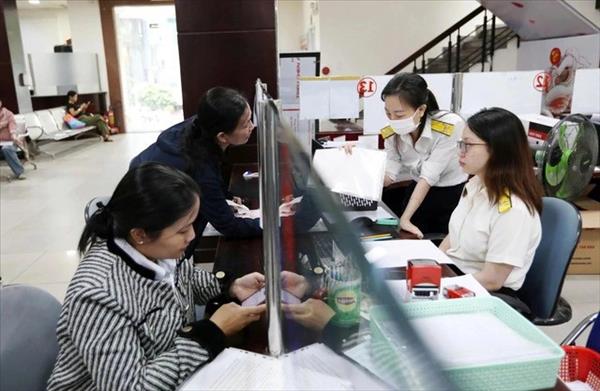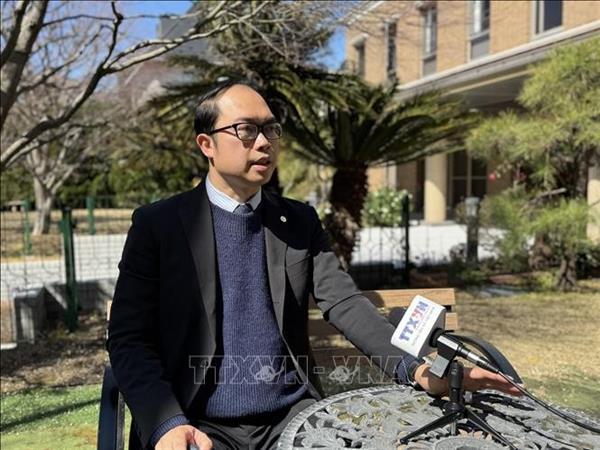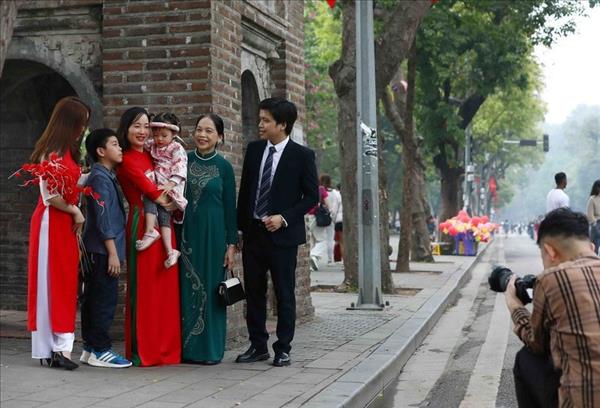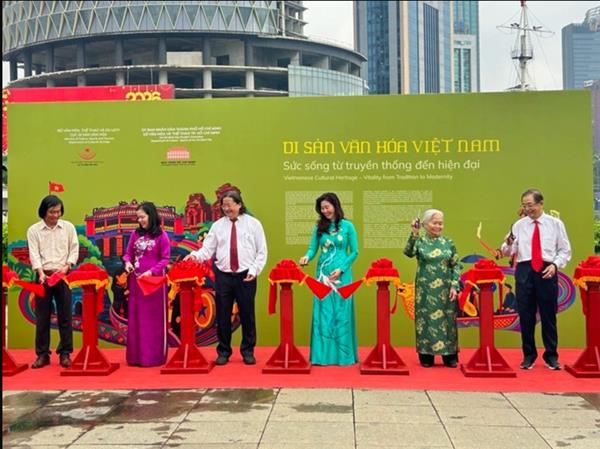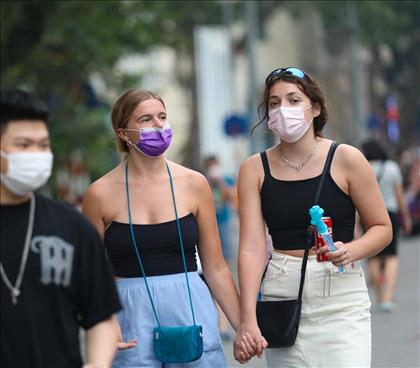Dinh Van Luong, Director of the National Lung Hospital and head of the Executive Board of the Vietnam Tuberculosis Prevention and Control Project, said grassroots-level healthcare facilities are a competent, responsible, and dedicated force protecting the community against the disease.
Assessing the COVID-19 impact on tuberculosis prevention and control, he said the pandemic delayed by five to eight years the provision of essential TB services and increasing the global TB burden.
“Vietnam is still a country with a high tuberculosis burden, ranking 11th among the 30 countries with the highest proportion of tuberculosis patients and multidrug-resistant tuberculosis in the world, according to World Health Organization’s Global TB Report 2023,” he told the Vietnam News Agency.
During the pandemic, Vietnam’s TB fight faced challenges with the over 20% decline in the number of infections detected in the community in 2021 compared to 2019 and 2020.
This put Vietnam on the list of countries with the highest rate of reduction in tuberculosis detection in the world due to the impact of the pandemic.
The TB death rate in Vietnam has been also on the rise, reaching 12,000 people in 2021, an increase of 35.8% compared to 2020.
The National Tuberculosis Prevention and Control Programme has strived to launch the TB prevention task at all communes and wards across the country, with 100% of the population getting access to the programme.
Fifty-one out of 63 provinces and cities nationwide have established lung and tuberculosis hospitals.
The programme has expanded cooperation with partners such as the Ministry of Public Security, Department of HIV/AIDS Prevention and Control under the Ministry of Health, World Health Organization, KNCV Tuberculosis Foundation, US Centers for Disease Control and Prevention, as well as central and provincial general hospitals.
Local authorities have committed to implementing the model of TB detection in the community.
Everyone who has a health check-up at community medical facilities will have TB screening and check-up for other lung diseases, high blood pressure and diabetes.
Thanks to that effort, in the first nine months of 2023, the total number of TB patients detected by public and private healthcare facilities reached 26,300 patients, accounting for 33.4% of total patients.
This has demonstrated the efficiency of grassroots TB detection, Luong said.
The official said the medical sector needs to strengthen TB diagnosis at the community level, focusing on high-risk groups to early detect and treat TB, looking towards ending the infection source in the community, and soon ending the epidemic.
In 2023, one of the most outstanding achievements in the fight against TB in Vietnam was the application of Artificial Intelligence (AI) in the disease diagnosis.
The application of AI will facilitate the detection of tuberculosis, especially cases that are easily missed or difficult to reach, Luong said.
The medical sector has also stepped up TB detection in the community and at healthcare facilities by applying X-ray and Xpert testing for diagnosis.
Thanks to active participation of the community level healthcare system, in the first nine months of 2023, the National Tuberculosis Prevention and Control Programme detected 78,674 cases, a year-on-year increase of 1,909 cases.
Detection of multidrug-resistant tuberculosis during this period also rose by 44% compared to the same period in 2021./.





